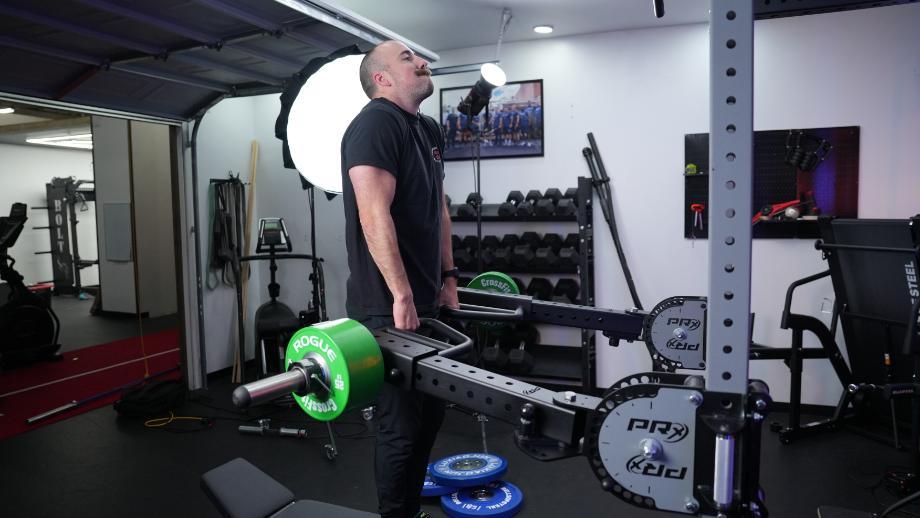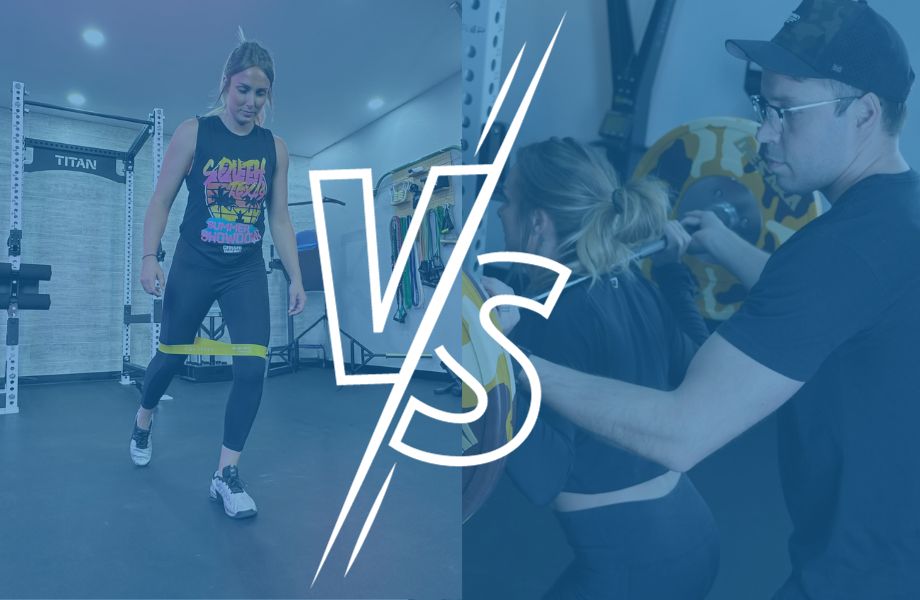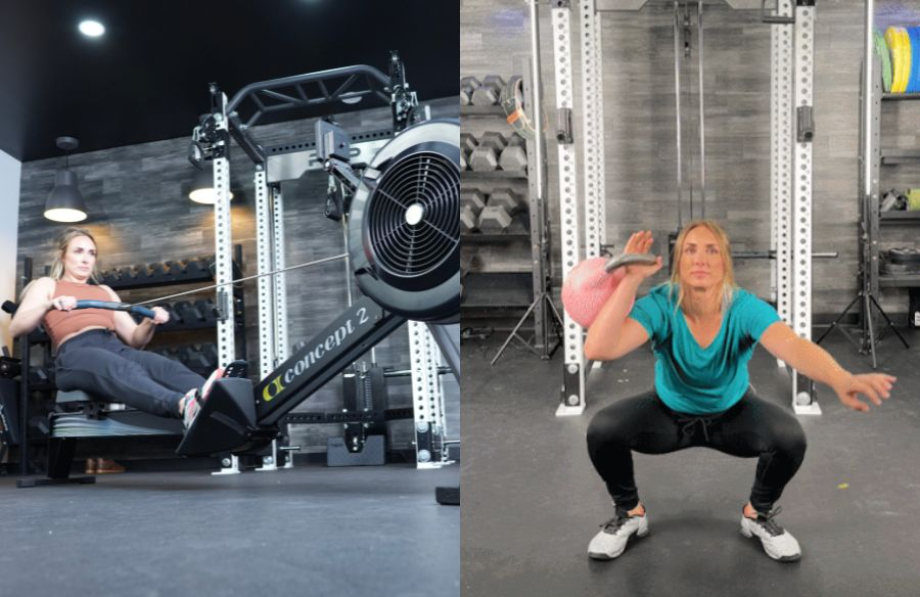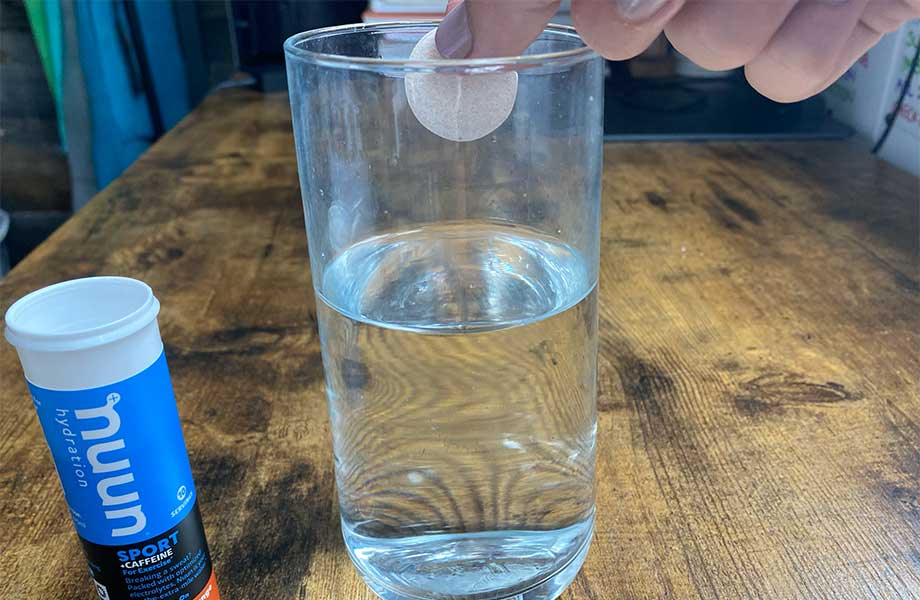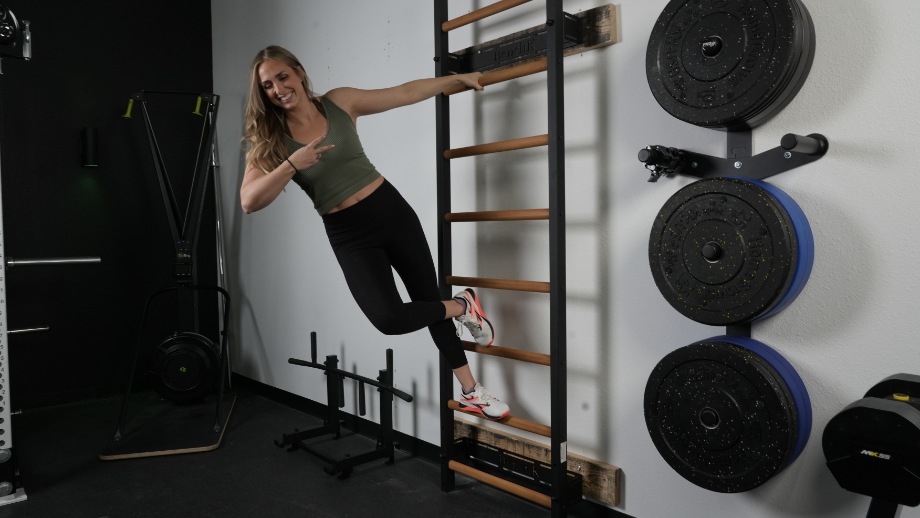It’s no secret that regular physical activity is essential for optimal health and well-being. It’s also no secret that although many Americans pay for gym memberships and fitness apps, hire certified personal trainers, and participate in live and virtual fitness classes, the majority of U.S. adults fall woefully short of the physical activity guidelines outlined by the Centers for Disease Control (CDC).
While the pandemic forced many of us—myself included—to put a pause on prioritizing our personal health and fitness, enough time has passed for us to leave that excuse exactly where it belongs: in the past. Now that we’re more than halfway through 2024, it’s time to look at the cold, hard truth about the state of our nation’s wellness.
Just how active are millennials compared to Gen Z? Where do our obesity rates rank against the rest of the world? This comprehensive breakdown of key fitness statistics will shed some much-needed light on the reality of our relationship with exercise—and hopefully inspire us to do better individually and collectively.
Fitness Stats and Facts in a Nutshell
- 30 minutes of moderate-intensity exercise is the recommended daily amount1 of physical activity.
- Those who regularly exercise can improve their mental health2 by 40%.
- 87% of Gen Z exercise three times a week or more, making them the most active generation3 in the United States.
- Cisgender men are more physically active4 than any other group.
- Colorado is the most physically active state5 while Arlington, Virginia is the fittest city6.
Benefits of Physical Activity
Whether going for an outdoor run, crushing a strength training session, or playing a friendly game of pickleball, just about any form of physical activity will put your body and brain in a better position to function at their best. From weight management to mental health, let’s examine the many benefits of exercise.
Can Help Improve Your Cardiovascular Health
Just about any physical activity will get your blood pumping, which can help strengthen your heart, lungs, and aerobic capacity. The benefits of cardio include everything from reducing stress to improving your sleep quality to boosting your mental health.
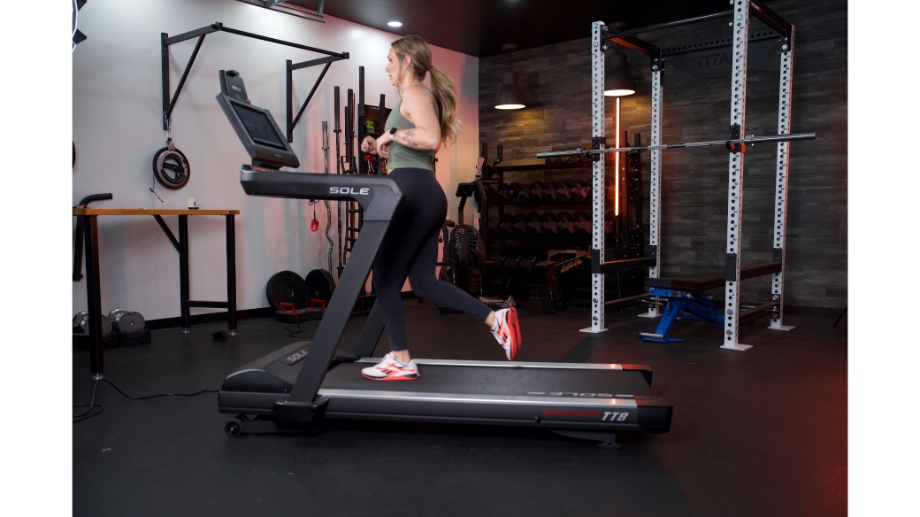
Can Help Build Stronger Bones and Muscles
Even if you don’t aspire to be a bodybuilder or powerlifter, physical activities like resistance training (lifting weights) can help build resilient bones and stronger muscles. This is especially important for older individuals, as a 2018 study7 showed resistance exercises can be highly beneficial preserving of bone and muscle mass.
Can Enhance Your Mental Health and Cognition
As a certified personal trainer (CPT) who’s played rugby, lifted weights, and maintained an active lifestyle for years, I’ll admit exercising gives me as much of a mental boost as it does a physical one. Research has shown that people who exercise regularly experience 40% fewer mental health days2 compared to those who don’t exercise.
In addition, physical activity improves cognitive processes8 like thinking, memory, attention span, and perception. This is particularly important as you age, as inactive adults are almost twice as likely to experience cognitive decline9 compared to active ones.
Can Help With Weight Management
Physical activity plays a critical role in weight management. Resistance training (and eating in a caloric surplus) can help you add lean muscle mass. On the other hand, you can utilize a combination of cardio and strength training, along with eating in a calorie deficit, to achieve a weight-loss goal.
How Much Physical Activity Do You Need?
You don’t need to spend countless hours on cardio machines at your local health club or fitness center to get in shape. You also don’t need to go all out every day trying to hit a PR or crush a high-intensity home workout.
So, how long should a workout be? The average person should aim for at least 30 minutes1 of moderate exercise every day. In my experience as a personal trainer, most gym members and clients stick to 45 minutes to an hour—and that might be pushing it.
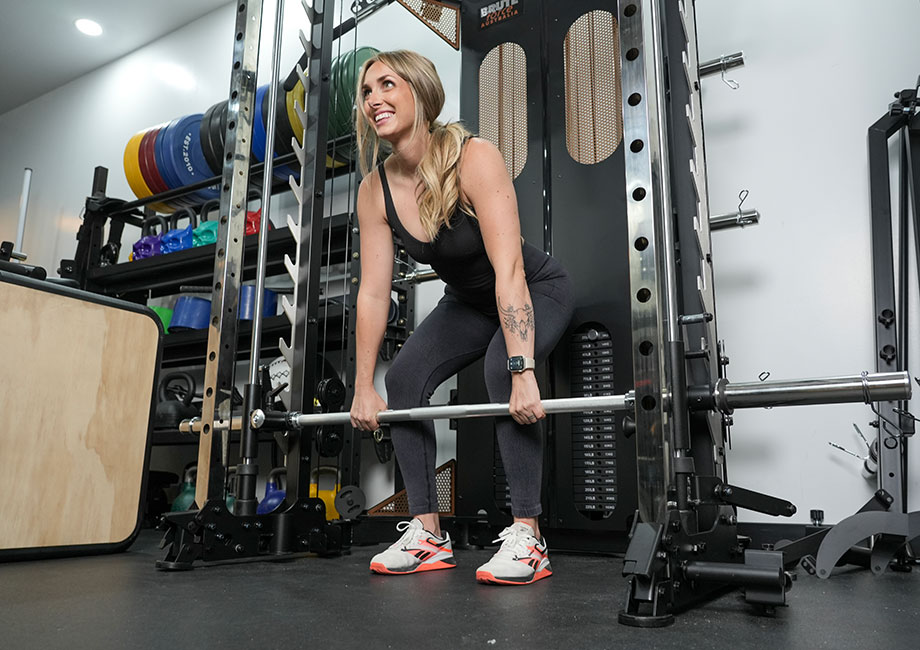
To lose weight, aim for 300 minutes of exercise per week10. You can break this up into specific sessions for muscle-strengthening activities, high-intensity interval training (HIIT), and steady-state cardio for a well-balanced training plan. You can even multi-task your way to losing weight by using desk exercise equipment during your workday.
Speaking of intensity, you shouldn’t jump into a workout without considering a key metric: your target heart rate11. Aim for 50% to 70% of your maximum heart rate (MHR) for moderate-intensity exercise and between 70% to 85% for vigorous activity.
You can calculate your maximum heart rate by subtracting your age from 220.
- 220 – Age = Maximum Heart Rate
For example, a 30-year-old’s maximum heart rate would be 190 (220 – 30).
Thanks to digital fitness products like smart watches, fitness trackers, and other wearable devices, you can monitor your heart rate and other key performance metrics
RELATED: Best Heart Rate Monitors
Obesity Facts
Unfortunately, a potent combination of inadequate physical activity—just 25% of all adults12 meet all the physical activity guidelines—and excess consumption of ultra-processed foods (and calories overall) has turned obesity from a rare occurrence to a common problem. According to the National Institute of Diabetes and Digestive and Kidney Diseases13, around two in five adults (42.4%) in the U.S. are obese, and nearly 10% have severe obesity.
Here are a couple more concerning statistics concerning the U.S. obesity rates:
- Almost one in five children (19.3%) ages 2 to 19 have obesity.
- About 6.1% of children ages 2 to 19 have severe obesity.
- Obesity rates have increased by as much as 30% in some states.
What’s the threshold for obesity? The CDC defines obesity14 as having a body mass index (BMI) of 30 and above. While this metric doesn’t take into account your body fat percentage, it can be a good barometer of your overall health and fitness.
Where’s obesity most prevalent in the United States? According to QuoteWizard5, the states with the highest obesity rates (around 40%) are:
- West Virginia
- Kentucky
- Alabama
Interestingly, U.S. obesity rates have risen even though exercise rates rose during the height of the pandemic. That speaks volumes about our overindulgence in ultra-processed foods and poor dietary habits that can lead to expanded waistlines, type-2 diabetes, heart disease, stroke, and other chronic diseases.
Physical Activity by Age Group
The fitness market is all-encompassing, as younger to older fit folks can (and should) stay active. But how exactly should different age groups approach health and fitness?
Kids and Teens
It’s important to build healthy habits from an early age. Kids can get involved in fitness in many different forms, including playing recreational sports or doing basic bodyweight movements to build strength, coordination, and confidence. Exercise can aid in improving cardiorespiratory fitness, build strong bones and muscles, and decrease anxiety and depression15.
Though teenagers and adolescents may be glued to their phones for hours upon end, they need at least 60 minutes16 of moderate to vigorous activity almost every day. Considering how much screen time they rack up, an hour of daily exercise seems more than reasonable.
Adults
Adults require far more physical activity than other age groups. According to the American Heart Association17, adults should aim for at least 150 minutes of moderate aerobic exercise or 75 minutes of vigorous aerobic exercise each week. Again, given all the activities and responsibilities we put on our plates, less than three hours of moderate aerobic exercise shouldn’t be an insurmountable task.
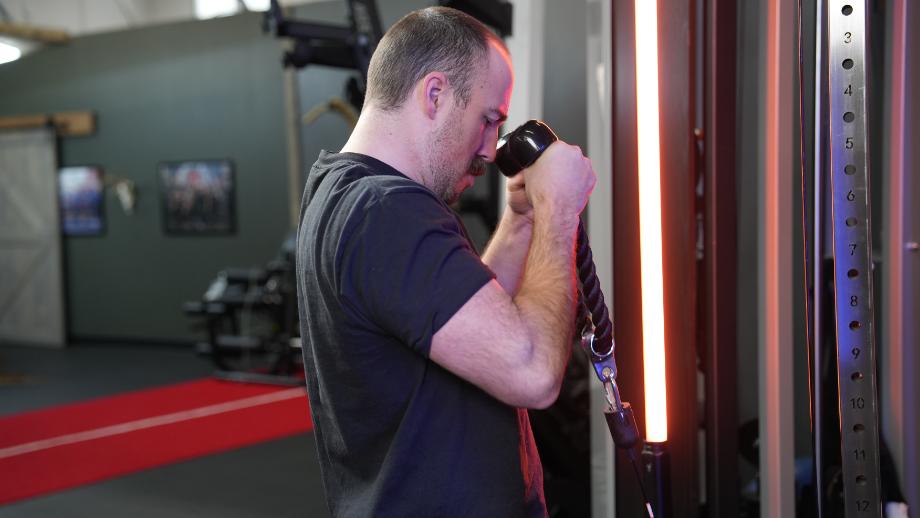
As a CPT, I’d also strongly recommend all adults resistance training at least two to three times per week. The most efficient way to accomplish this is through full-body workouts, as you can get the most bang for your buck. You can also try other types of workout splits that suit your fitness goals and schedule.
Older Adults
You can set yourself up for sustained health and happiness by taking care of your body. Exercise can aid in lowering blood pressure, chronic disease, and reduce falls by 21%18.
While CrossFit-style workouts will be too intense, adults over the age of 65 need 150 minutes of moderate intensity physical activity19. This could include activities like Pilates, yoga, walking on a treadmill, or cycling. Most importantly, older adults should do muscle-strengthening activities at least two days a week19. This will help preserve lean muscle mass—a key indicator of longevity and overall health.
RELATED: Best Treadmill for Seniors
Fitness by Generation
Diving into exercise statistics reveals who prioritizes physical fitness the most. Gen Z (people born between 1997 and 2012) is the most physically active generation3, with 87% exercising at least three times a week. Millennials (people born between ‘81 and ‘96) and Gen Z have earned the nickname “Generation Active” since they represent a whopping 80% of all gym-goers.
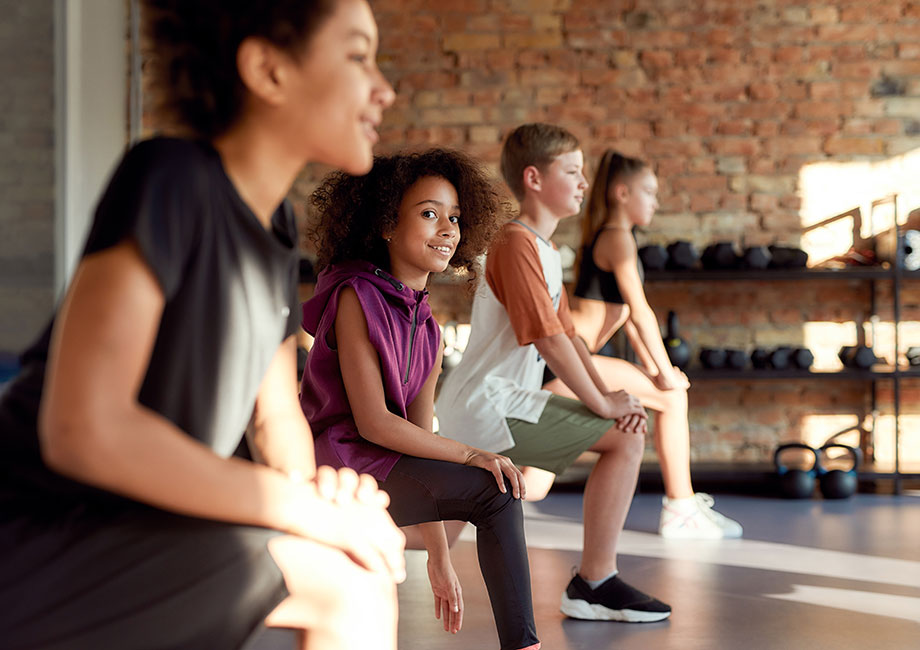
Unsurprisingly, this tech-driven group also utilizes online fitness programs or app-based workouts quite frequently. Generation Active accounts for 89% of total users of online or app-based workouts. Research shows that the group values an “intelligent coach” who brings substance over style.
In our experience testing the best online workout programs, the most effective coaches provide clear instruction, hold you accountable, and maintain excellent energy to keep you engaged during your home fitness journey.
Physical Activity by Gender
Now that we’ve taken a look at exercise facts by age, let’s break things down by gender.
Males
While there’ve been positive developments in participation in women’s sports and fitness overall, men still tend to be more active than women. Research shows that a global average of 23.4% of men are inactive20 compared to 31.7% of women.
What’s behind this discrepancy? Cultural and social standards certainly play a role in why men engage in physical activity more than women. Ou may see the term #GymBro used quite a bit, but women are rarely described or associated with a similar phrase. In my experience as a trainer and athlete, many men view working out as a cathartic way to build strength and muscle.
Females
Although women do not partake in physical activity as much as men, they actually see more health benefits21 from exercise than their male counterparts. A study published in the Journal of the American College of Cardiology22 found that exercise can lower women’s risk of early death by up to 24%. Men who exercise the same amount only reduces their risk by 15%.
Moreover, regular exercise reduces the risk of a fatal heart attack, stroke, or other heart event by 36% for women compared to just 14% for men.
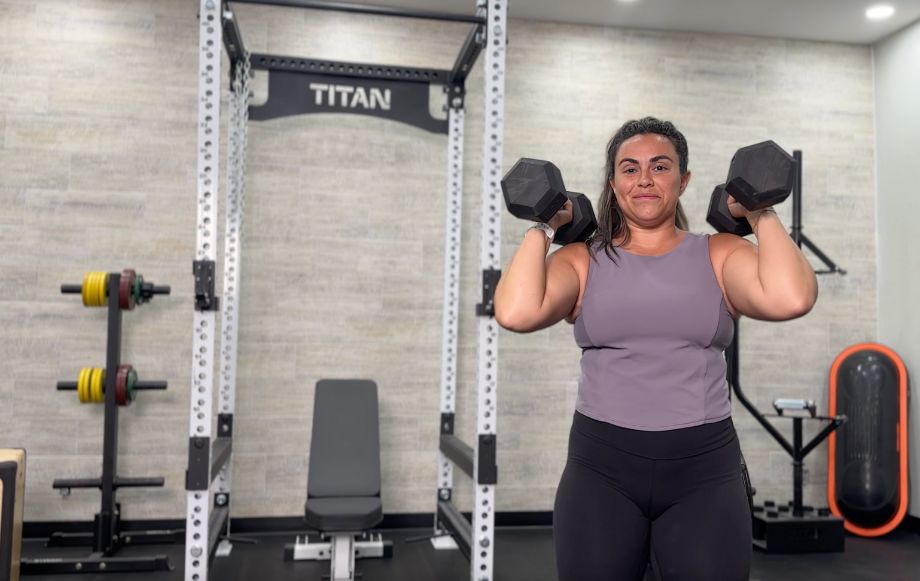
Despite enjoying more health benefits from exercising, women still have lower levels of physical activity. This may stem from a gap that begins during childhood and adolescence, as a CDC report showed that just 15% of girls ages six to 17 years old met the national guidelines for physical activity per day in 2019 compared to 31% of boys15. Traditionally, males have had more opportunities to participate in sports—though that gap has narrowed in recent years.
RELATED: Best Workout App for Women
Transgender People and Physical Activity
According to a 2024 study4, transgender individuals are at lower levels of physical activity than cisgender individuals. And among this community, trans women tend to have the least amount of physical activity levels.
Unfortunately, transgender people face stigma, discrimination, oppression, and unwelcoming environments—all factors that can contribute to lower participation rates. Policy and cultural changes may lead to a shift in a positive direction, leading more transgender individuals to feel safe and confident about working out in any environment.
Areas With the Highest Amount of Physical Activity
Looking at physical activity from a geographic perspective reveals some interesting data. Colorado, Utah, Washington, and Utah are the states with the highest percentage of physically active people5. Other states that rank high in exercise rates include Oregon, Hawaii, New Hampshire, and California.
Meanwhile, you’ll find Alabama, Mississippi, and Arkansas on the opposite end of the spectrum, as those are the three least physically active states5. Only 69% of people who reside in those states exercise, with West Virginia and Kentucky not far ahead at 70%.

Peel back the curtain even further and you’ll see which U.S. cities make fitness the center of attention. Research shows that the top three fittest cities23 in the U.S. are:
- Arlington, Virginia
- Washington, D.C.
- Seattle, Washington
Worldwide Fitness Statistics
According to the World Health Organization (WHO)24, almost one-third of the world’s adult population is not physically active. Sadly, that figure is projected to rise to 35% by 2030. That could prove costly, as the global estimate of the cost of physical inactivity to public healthcare systems between 2020-30 is about $300 billion if levels of physical inactivity aren’t reduced.
The combination of a lack of physical activity and excess calorie consumption has led obesity rates to rise outside of the U.S., too. According to CIA data25, Naru is considered to have the highest obese population, with a stunning 61% of the country’s population falling under this category. Other countries with an obesity rate above 50% include:
- Cook Islands (55.9%)
- Palau (55.3%)
- Marshall Islands (52.9%)
- Tuvalu (51.6%)
On the other hand, some countries stand out for their strong relationship with health and fitness. The Netherlands has the most physically active population, with citizens spending about 12 hours per week exercising or playing sports. Germany and Romania aren’t far behind at about 11 hours per week.
Popular Fitness
We’ve examined physical activity from an overhead view. Now, let’s explore what exactly people enjoy doing when it’s time to break a sweat.
Exercise Preferences
According to a 2023 study26 published in the Journal of American College Health, 72.7% of people prefer their workout to include a combination of moderate-intensity cardio and strength training. This is usually my preferred method of training clients, as a mix of cardio and strength training can allow you to build muscle and increase your metabolic conditioning and overall fitness.
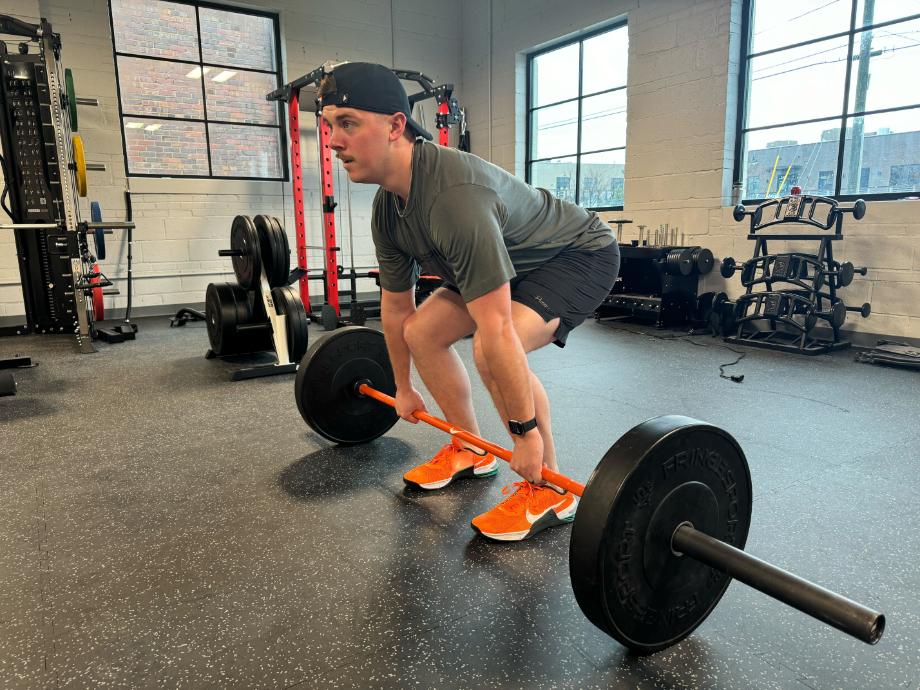
Women tend to prefer pairing moderate-intensity cardio with strength training26. However, research shows men prefer intense strength training. You’ll typically see more men participate in sports like strongman and powerlifting, which require training with heavy loads.
Most Popular Form of Physical Activity
How do people like to exercise? Here’s a breakdown of the top 10 most popular physical activities according to YouGov27:
- Walking – 79%
- Swimming – 72%
- Gardening – 72%
- DIY – 66%
- Bowling – 66%
- Pool – 63%
- Miniature golf – 63%
- Shopping – 63%
- Gymnastics – 62%
- Fishing – 60%
While walking is the most popular physical activity in the U.S., it’s interesting that weight training only ranks 27th at 51%. For all you #IronAddicts out there, it may be time to get more people involved in strength training.
Most Popular Sports
With 3.5 billion fans, it shouldn’t be a surprise that soccer is the most popular sport28 in the world. Where do other sports stack up? Here’s a breakdown ranked by total fans:
- Soccer – 3.5 billion
- Cricket – 2.5 billion
- Hockey – 2 billion
- Tennis – 1 billion
- Volleyball – 900 million
- Table Tennis – 850 million
- Basketball – 800 million
- Baseball – 500 million
- Rugby – 475 million
- Golf – 450 million
As much as Americans love football, it’s clear the rest of the world isn’t nearly as invested in our No. 1 sport. Then again, what percentage of the 2.5 billion cricket fans hail from the U.S.?
Risks of a Sedentary Lifestyle
“Sitting is the new smoking” may sound hyperbolic, but there’s definitely a degree of truth. Despite having more access to fitness equipment, healthcare professionals, and resources like podcasts, social media, and YouTube, it’s become all too easy for people to move less than ever.
Part of that has to do with our somewhat addictive relationship with technology and devices. The other part is the convenience of having services like Uber Eats and Amazon Prime right at our fingertips. And while the pandemic made working remotely the new norm, the number of sedentary jobs has gone up by 83%29 since 1950.

In other words: Americans have been conditioned to stay seated for eight hours a day for nearly eight decades.
Unfortunately, a sedentary lifestyle can put you at risk for a number of health issues30, including:
- Chronic disease
- High blood pressure
- Anxiety and depression
- Obesity
- Premature death
Does that mean you have to do manual labor? Of course not. However, movement is key to a fit mind and body. Prioritizing physical activity means prioritizing your health and well-being—and everyone should adopt that attitude to maximize their human experience.
Fitness Statistics: Final Thoughts
The answer to “How many people exercise?” is sadly “Not enough.” However, that trend doesn’t have to continue. From large fitness clubs to boutique fitness studios to online workout programs you can follow at home, there’s no shortage of options to burn calories, build muscle, and blow off steam.
Hopefully, these exercise statistics open your eyes and inspire you to raise your own standards for taking care of your mind and body. Seeing the facts about health and fitness trends should also encourage you to have positive, supportive conversations with family and friends about prioritizing physical activity so we don’t just survive but thrive for as long as possible.
References
- Exercise: How much do I need every day? (2023, July 26). Mayo Clinic. https://www.mayoclinic.org/healthy-lifestyle/fitness/expert-answers/exercise/faq-20057916
- The link between exercise and mental health. (2018, October 17). UCLA Health. https://www.uclahealth.org/news/article/the-link-between-exercise-and-mental-health
- Zealand, B. D. O. a. N. (n.d.). Generation Active: The 80% clubs can’t afford to ignore. Les Mills. https://www.lesmills.com/us/clubs-and-facilities/research-insights/audience-insights/generation-active-the-80-your-club-cant-ignore/
- Lightner, J. S., Schneider, J., Grimes, A., Wigginton, M., Curran, L., Gleason, T., & Prochnow, T. (2024). Physical activity among transgender individuals: A systematic review of quantitative and qualitative studies. PloS One, 19(2), e0297571. https://doi.org/10.1371/journal.pone.0297571
- VinZant, N. (2023, January 16). States with the Most Physically Active People. Quote Wizard. Retrieved July 19, 2024, from https://quotewizard.com/news/most-physically-active-states
- Nation’s Capital Region Leads ‘Fittest Cities’ in 2023 ACSM American Fitness Index® Ranking. ACSM_CMS. (2023, July 18). https://www.acsm.org/news-detail/2023/07/18/nation-s-capital-region-leads-fittest-cities-in-2023-acsm-american-fitness-index-ranking
- Hong, A. R., & Kim, S. W. (2018). Effects of resistance exercise on bone health. Endocrinology and Metabolism, 33(4), 435. https://doi.org/10.3803/enm.2018.33.4.435
- Working out boosts brain health. (2020, March 4). https://www.apa.org. https://www.apa.org/topics/exercise-fitness/stress
- Physical activity boosts brain health. (2024, February 12). Physical Activity. https://www.cdc.gov/physical-activity/features/boost-brain-health.html
- Exercise for weight loss: Calories burned in 1 hour. (2024, May 8). Mayo Clinic. https://www.mayoclinic.org/healthy-lifestyle/weight-loss/in-depth/exercise/art-20050999
- Target Heart Rates Chart. (2021, March 9). American Heart Association. Retrieved July 19, 2024, from https://www.heart.org/en/healthy-living/fitness/fitness-basics/target-heart-rates
- Centers for Disease Control and Prevention. (2024, May 15). About the division of nutrition, physical activity, and Obesity. Centers for Disease Control and Prevention. https://www.cdc.gov/nccdphp/divisions-offices/about-the-division-of-nutrition-physical-activity-and-obesity.html
- Overweight & Obesity Statistics. (2024, June 27). National Institute of Diabetes and Digestive and Kidney Diseases. https://www.niddk.nih.gov/health-information/health-statistics/overweight-obesity
- Adult Obesity Prevalence Maps. (2024, January 18). Obesity. https://www.cdc.gov/obesity/php/data-research/adult-obesity-prevalence-maps.html
- Physical Activity Facts | Healthy Schools | CDC. (n.d.). https://www.cdc.gov/healthyschools/physicalactivity/facts.htm
- Exercise and teenagers. (n.d.). Stanford Medicine Children’s Health. https://www.stanfordchildrens.org/en/topic/default?id=exercise-and-teenagers-90-P01602
- American Heart Association Recommendations for Physical Activity in Adults and Kids. (2024, January 19). American Heart Association. Retrieved July 19, 2024, from https://www.heart.org/en/healthy-living/fitness/fitness-basics/aha-recs-for-physical-activity-in-adults
- Langhammer, B., Bergland, A., & Rydwik, E. (2018). The Importance of Physical Activity Exercise among Older People. BioMed Research International, 2018, 1–3. https://doi.org/10.1155/2018/7856823
- How older adults can get started with exercise. (2020, April 3). National Institute on Aging. https://www.nia.nih.gov/health/exercise-and-physical-activity/how-older-adults-can-get-started-exercise
- Time to tackle the physical activity gender gap. (2019). The Lancet Public Health, 4(8). https://doi.org/10.1016/S2468-2667(19)30135-5
- O’Mary, L. (2024, February 20). Women get more health benefits from exercise than men. WebMD. https://www.webmd.com/fitness-exercise/news/20240220/women-more-health-benefits-exercise-than-men
- Ji, H, Gulati, M, Huang, T. et al. Sex Differences in Association of Physical Activity With All-Cause and Cardiovascular Mortality. JACC. 2024 Feb, 83 (8) 783–793. https://doi.org/10.1016/j.jacc.2023.12.019
- Austin, S., & Newman, K. (2024, January 10). These are the 10 fittest cities in America. U.S. News and World Report . https://www.usnews.com/news/healthiest-communities/slideshows/the-10-fittest-cities-in-the-us
- World Health Organization: WHO. (2024, June 26). Physical activity. https://www.who.int/news-room/fact-sheets/detail/physical-activity
- Obesity – adult prevalence rate. (n.d.). CIA. Retrieved July 19, 2024, from https://www.cia.gov/the-world-factbook/field/obesity-adult-prevalence-rate/country-comparison/
- Reading, J. M., & LaRose, J. G. (2020). Exercise preferences among emerging adults: Do men and women want different things? Journal of American College Health, 70(5), 1301–1305. https://doi.org/10.1080/07448481.2020.1803878
- The most popular physical activities in America | Society | YouGov Ratings. (n.d.). https://today.yougov.com/ratings/society/popularity/physical-activities/all
- Veroutsos, E. (2023, September 13). The most popular sports in the world. WorldAtlas. https://www.worldatlas.com/articles/what-are-the-most-popular-sports-in-the-world.html
- Sitting Disease: How a sedentary lifestyle affects heart health. (2021, August 8). Johns Hopkins Medicine. https://www.hopkinsmedicine.org/health/wellness-and-prevention/sitting-disease-how-a-sedentary-lifestyle-affects-heart-health
- National Library of Medicine. (n.d.). Health risks of an inactive lifestyle. https://medlineplus.gov/healthrisksofaninactivelifestyle.html



